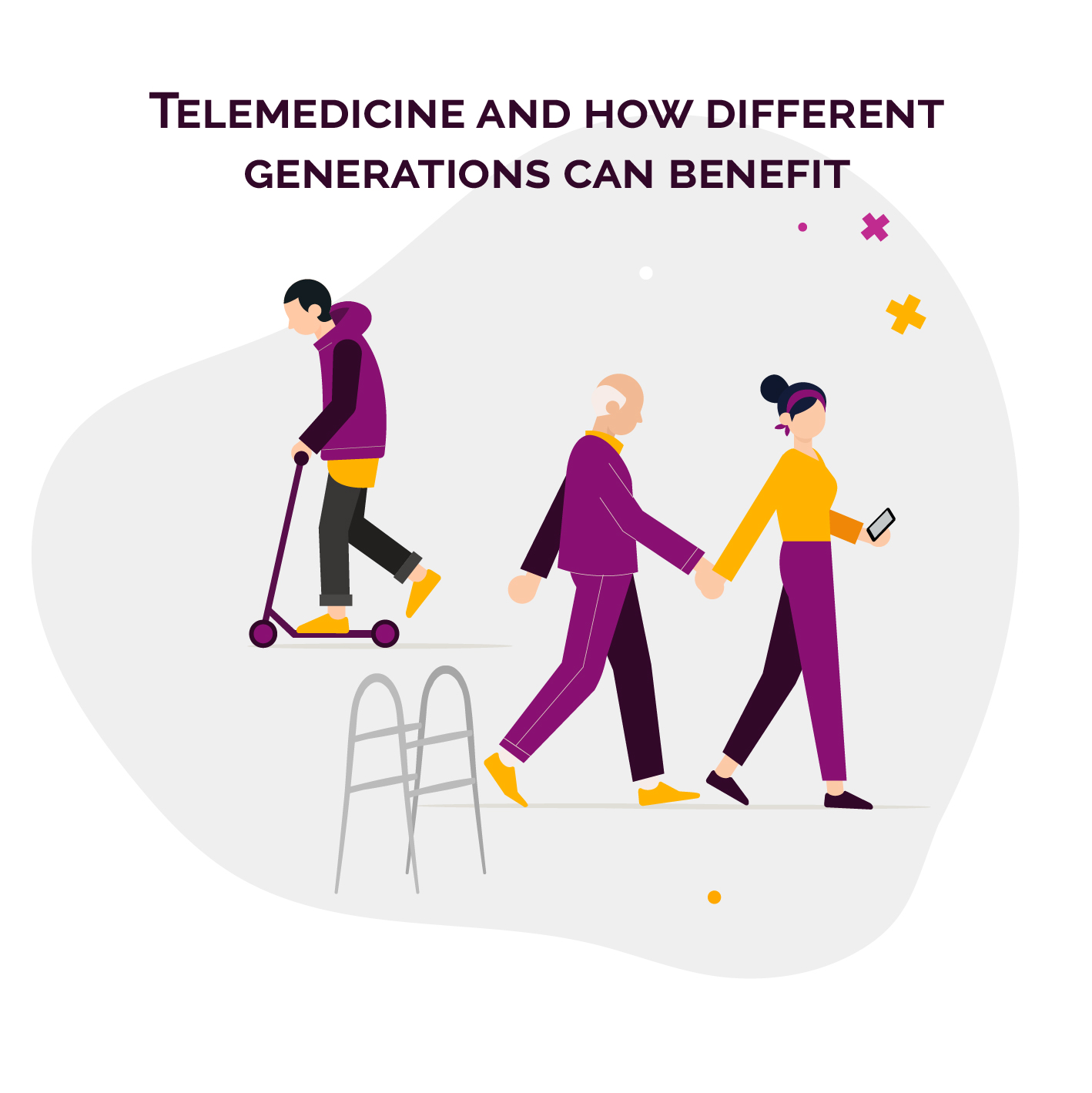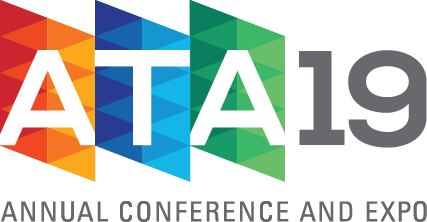
Telemedicine and how different generations can benefit
The world’s largest telehealth innovation and networking event, the annual American Telemedicine Association (ATA) conference for 2019 took place, on April 14 to 16, in New Orleans, USA. At ATA 2019, healthcare providers, clinicians, business professionals, and leaders from a variety of health and technology sectors came together to discuss and plan the future of telemedicine. By the end of the conference all participants left with actionable insights to help shape the future one of the most rapidly growing healthcare sectors; telemedicine. There were many guest speakers at ATA 2019 that spoke about a range of topics, including the use of telemedicine for active aging, as well as the design of science-based technology to improve the health and well-being of teens and young adults. These discussions are vital, because when it comes to surrounding ourselves with technology, the young and old may have different experiences.

The older generations have been largely excluded from the growth of technology and unfortunately, they are the ones that benefit the most from technology in their everyday lives, especially when it comes to their health. Novel services and tools are ensuring that this generation does not lose out on the growth of telemedicine, such as activity of daily living (ADL) monitoring. ADL monitoring uses predicative analytics to monitor the health of the elderly by placing sensors in their home. They are not intrusive and ensure active and reliable monitoring of everyday movements, for example, did they get up? did they go to the kitchen?
The older generations have been largely excluded from the growth of technology and unfortunately, they are the ones that benefit the most from technology in their everyday lives, especially when it comes to their health. Novel services and tools are ensuring that this generation does not lose out on the growth of telemedicine, such as activity of daily living (ADL) monitoring. ADL monitoring uses predicative analytics to monitor the health of the elderly by placing sensors in their home. They are not intrusive and ensure active and reliable monitoring of everyday movements, for example, did they get up? did they go to the kitchen?
Additionally, ADL monitoring notes any anomalies in a person’s routine to track their safety. These tools are helping the elderly to maintain an independent life while not being in any danger.
However, the use of technology in quality healthcare for the next generation differs greatly from its use for the older one. The next generation requires ‘out of the box’ approaches to telemedicine. Going beyond video teleconsultations, the use of chat bots may provide the necessary interaction tool for young people to engage more with their health and well-being. For young people who want a person but not a ‘real’ person to talk too. This is a development of service to deliver the necessary advice, support, and comfort a young person is seeking. Overall, for both ends of the age spectrum, changing the way that health is monitored, and quality care is delivered may be benefited with the evolution of telemedicine.

